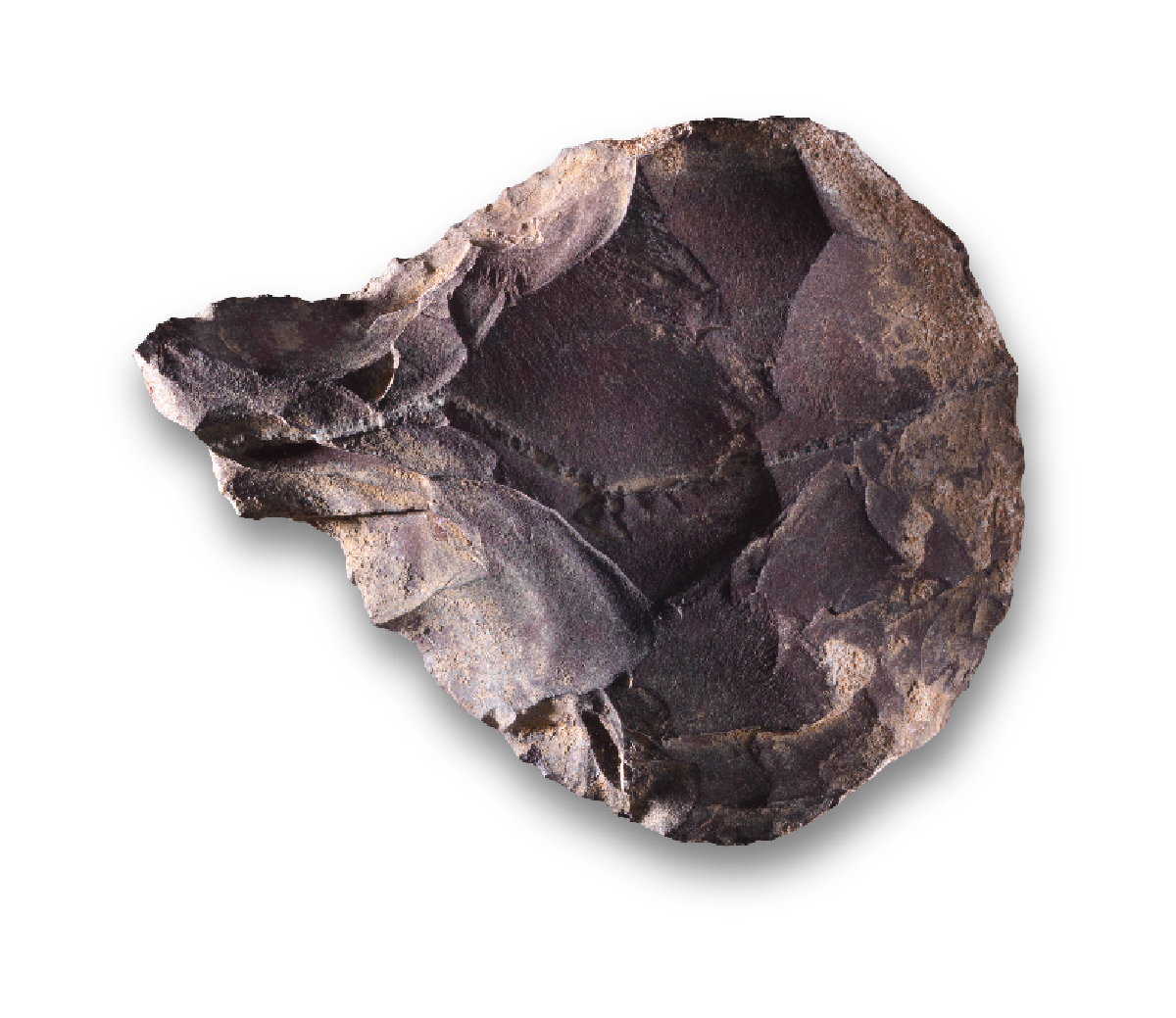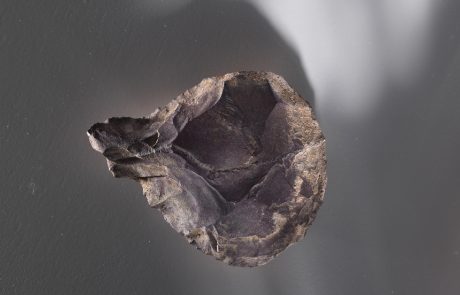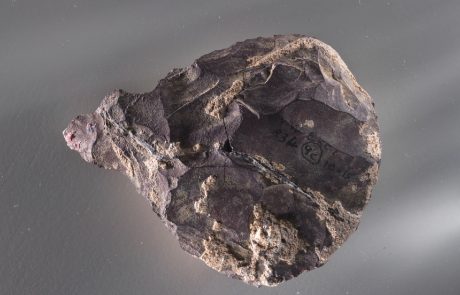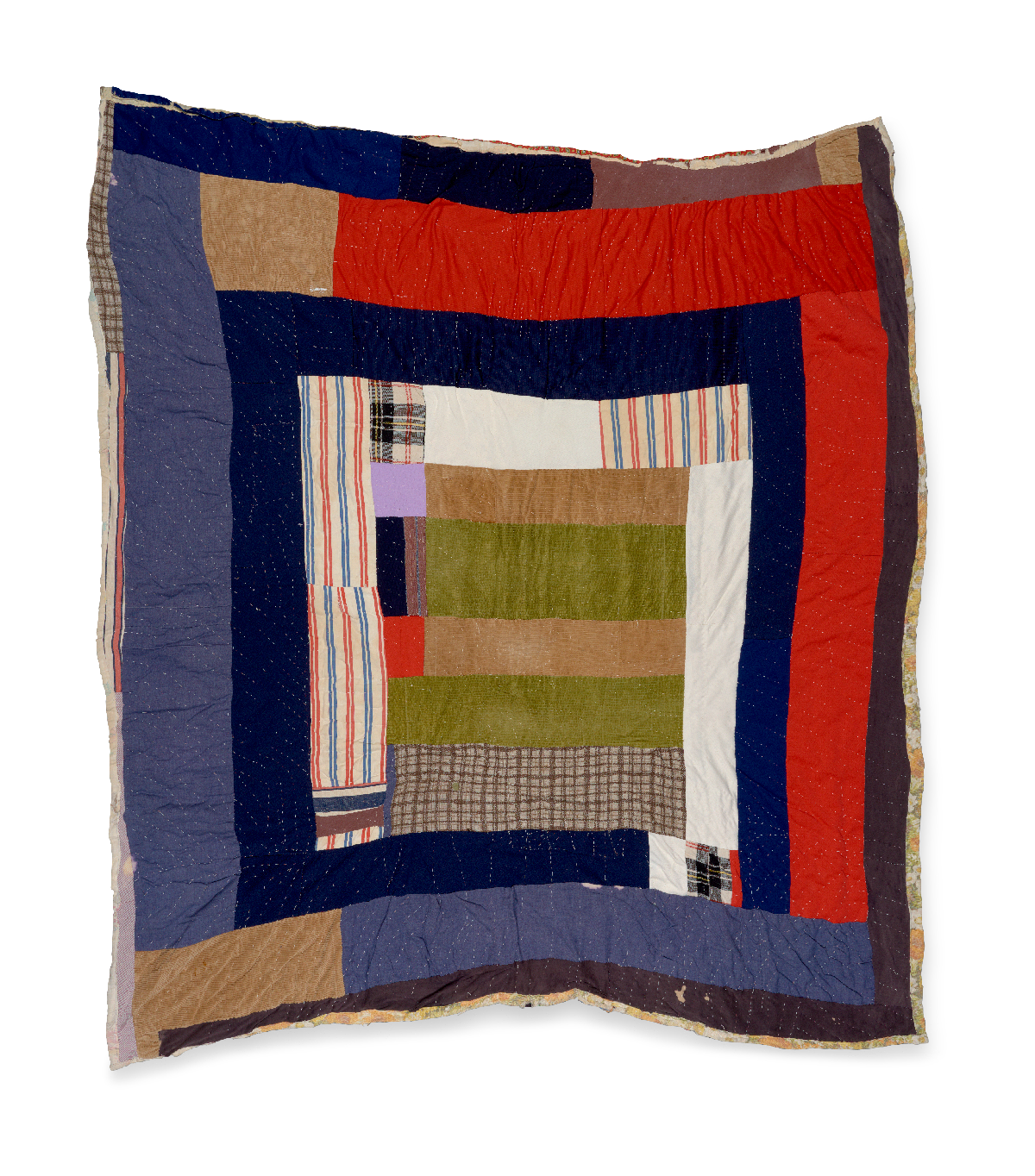Acheulean Hand Ax
Acheulean Hand Ax, Lower Paleolithic period (ca. 1 million years ago)
Unknown maker, Wonderwerk Cave, South Africa
Red ironstone, 3 3/4 × 3 × 7/8 in. (9.5 × 7.6 × 2.2 cm)
Reworked, date(s) unknown
McGregor Museum, Kimberley, South Africa
Archaeologists excavated this stone tool at the Wonderwerk Cave site in South Africa. Close study reveals two distinct series of “cuts,” or flake removals. It was initially shaped by a series of large, shallow removals around its tapered end and later reworked through a series of deeper removals that were added to create a more dramatic point. This is an example of conservation from the distant past: the later removals were presumably made when the edge had become blunt, possibly by a different individual from the one who first shaped it, in order to preserve its function as a tool.

Click thumbnail images to view slideshow
See other items in What is Conservation?









